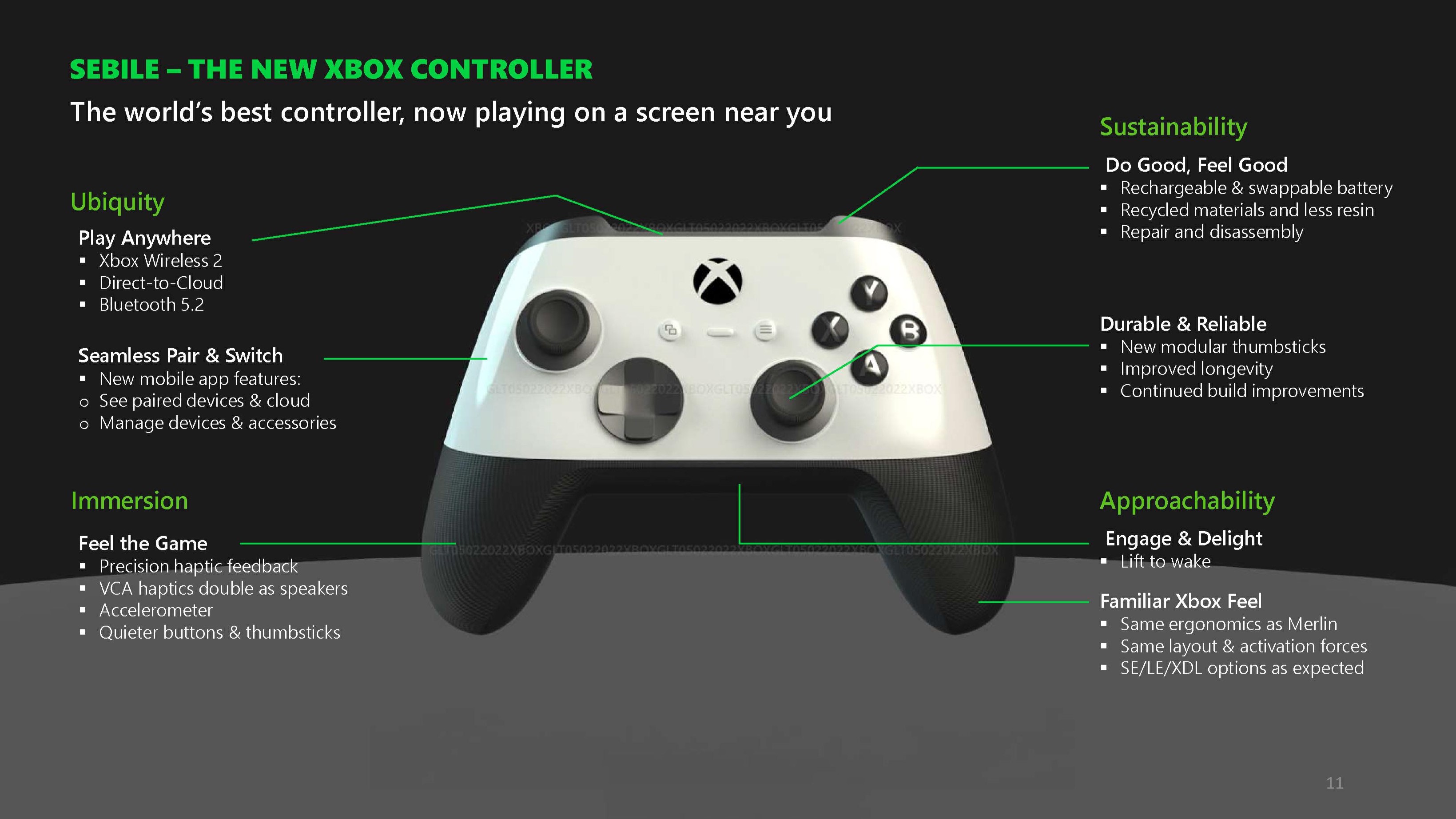SANDUSKY, Ohio — Ohio, known as the “Birthplace of Aviation” and home of the Wright Brothers, has a significant connection to spaceflight, as demonstrated during an event on Thursday (Feb. 1). The event showcased Dream Chaser, a private space plane set to embark on its first-ever mission to the International Space Station (ISS) later this year. The event took place at NASA’s Neil Armstrong Test Facility in Sandusky. The robotic Dream Chaser and its cargo module, named “Tenacity” and “Shooting Star” respectively, were presented vertically, as they will be positioned during launch. Both stood at a towering height of 55 feet (16.8 meters), roughly the length of a school bus!
Former NASA astronaut Tom Marshburn, now Sierra Space’s chief medical officer, commented during the event, “In order to convert bold dreams into bold action, it requires an enormous amount of tenacity, perseverance, confidence, determination, and passion. And so we name our products after these emotional characteristics that get you through the hard times.” Regarding the Dream Chaser’s cargo module, he added, “Building Tenacity has been hard. There’s been a lot of things that we’ve found collectively that didn’t always work right the first time. And we learned a lot that Tenacity has gotten us through the last six years, so there was no other name.” Tenacity’s debut mission will deliver cargo to the ISS for NASA, contributing to advancing space science and fostering the growing economy in low Earth orbit.
Prior to the inaugural flight, Tenacity and Shooting Star must undergo various tests. These trials are being conducted at the NASA center’s Mechanical Vibration Facility in Sandusky, subjecting the spacecraft to the harsh conditions they will encounter during a mission, such as the jarring experienced during launch, which will occur atop a United Launch Alliance Vulcan Centaur rocket.
Sierra Space received a Commercial Resupply Services-2 (CRS2) multi-year contract from NASA in 2016 to provide at least six ISS cargo delivery missions, a part of NASA’s ongoing effort to expand commercial resupply options in low Earth orbit. NASA is collaborating with U.S. private industry for transporting cargo and astronauts to the station, including commercial crew deals with Boeing and SpaceX. Sierra Space’s Dream Chaser and its cargo module support the research conducted in zero gravity on the ISS, exploring new materials and scientific advancements.
After completing its mission, Shooting Star will burn up in Earth’s atmosphere, while Tenacity is designed to land and be prepared for subsequent flights. The space plane has the capability to undertake up to 15 missions, carrying over 7,800 pounds (3,540 kilograms) of cargo on its first flight, with a potential capacity of up to 11,500 pounds (5,215 kg) on future missions.
To minimize its environmental footprint, Dream Chaser was developed for extensive reuse and reliability, utilizing special fuel such as hydrogen peroxide and refined kerosene to avoid hazardous materials. The launch of Tenacity and Shooting Star is set for the first half of this year from Space Launch Complex 41 at Cape Canaveral Space Force Station in Florida. Teams from Sierra Space’s Dream Chaser Mission Control Center in Louisville, Colorado, NASA’s Kennedy Space Center in Florida, and NASA’s Johnson Space Center in Houston will collaborate to monitor the flight, control the spacecraft, and conduct in-orbit demonstrations to ensure system certification for future missions.
Phil Dempsey, transportation integration manager for NASA’s International Space Station Program, emphasized the significance of space travel, stating, “The research that’s done on space station is tremendous, but broader than that, the learning of this huge community is increasing our ability to travel to and from space and learn from it. It contributes to what we can do as an overall group of people here on the Earth as we look to do things off the Earth, or enhance work on the Earth or research that benefits us.”
Sierra Space Introduces New Dream Chaser Space Plane Ahead of Maiden Flight to ISS (video)












